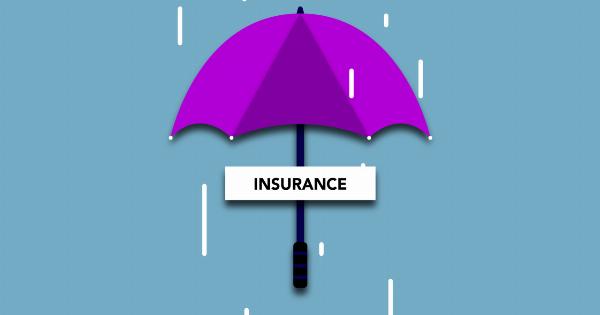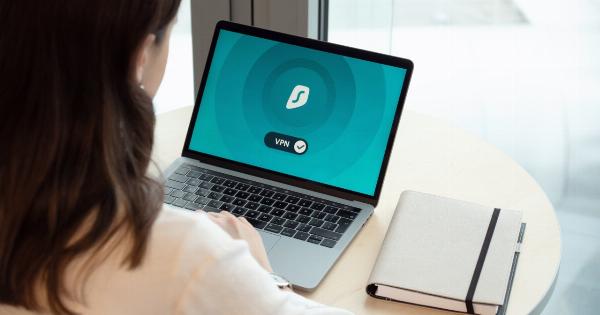Protecting yourself and your family is always a top priority. In today’s world, it’s becoming increasingly important to take steps to protect your personal information, home, and loved ones.
Luckily, advancements in technology have made it easier than ever to do just that. Here are some simple ways to protect yourself and your family with just a few clicks on your smartphone or computer.
1. Use a Password Manager
One of the easiest ways to protect your personal information is by using a password manager. With a password manager, you only have to remember one master password, and the manager will fill in the rest of your passwords for you.
This means you can have a unique, strong password for every website and account without having to remember them all. Some popular password manager options include LastPass, Dashlane, and 1Password.
2. Set Up Two-Factor Authentication
Another easy way to protect your accounts is by enabling two-factor authentication (2FA). 2FA adds an extra layer of security to your accounts by requiring a second form of verification beyond your password.
This could include a fingerprint scan, a code sent to your phone, or a physical key. Many websites and apps now offer 2FA as an option, so be sure to enable it wherever you can.
3. Use a VPN
A virtual private network (VPN) is a tool that encrypts your internet traffic and routes it through a server in a different location.
Using a VPN can protect your online privacy by hiding your IP address and making it difficult for anyone to track your activity. VPNs are especially useful when using public Wi-Fi or traveling abroad. Some popular VPN options include NordVPN, ExpressVPN, and Surfshark.
4. Invest in a Home Security System
Protecting your home is just as important as protecting your personal information. Investing in a home security system can give you peace of mind knowing that your home is being monitored 24/7.
Many home security systems now come with features like video doorbells, motion sensors, and smart locks that you can control from your phone. Some popular home security options include Ring, ADT, and SimpliSafe.
5. Install Antivirus Software
Antivirus software is designed to detect and remove malware from your computer. Malware can include viruses, spyware, and other harmful software that can compromise your personal information.
Installing antivirus software on your computer can help protect you from these threats. Some popular antivirus options include Norton, McAfee, and Avast.
6. Enable Find My Device
If you lose your phone or tablet, it can be a major headache. But if you enable Find My Device, you can easily track down your lost device using another device or computer.
Find My Device can also help you remotely lock or erase your device if it falls into the wrong hands. Find My Device is available on both Android and iOS devices.
7. Use a Credit Monitoring Service
Identity theft can be a major issue, and it can be difficult to detect. That’s where a credit monitoring service comes in. These services monitor your credit report and alert you to any changes or suspicious activity.
Some popular credit monitoring options include Credit Karma, Experian, and TransUnion.
8. Be Aware of Phishing Scams
Phishing scams are a common tactic used by cybercriminals to steal personal information. These scams often come in the form of an email or text message that appears to be from a reputable source but is actually a fake.
The message will often ask you to click on a link or provide personal information. Be sure to stay vigilant and never give out personal information unless you are certain it is a legitimate request.
9. Keep Your Devices Updated
Updating your devices, including your computer, phone, and tablet, is an easy way to keep them secure. Software updates often include security patches that fix vulnerabilities and protect against new threats.
Be sure to turn on automatic updates for all of your devices.
10. Use Common Sense
Last but not least, use common sense when it comes to your online security. Don’t click on suspicious links, don’t share passwords, and be aware of your online activity.
By taking simple precautions and being aware of potential risks, you can protect yourself and your family from online threats.



























